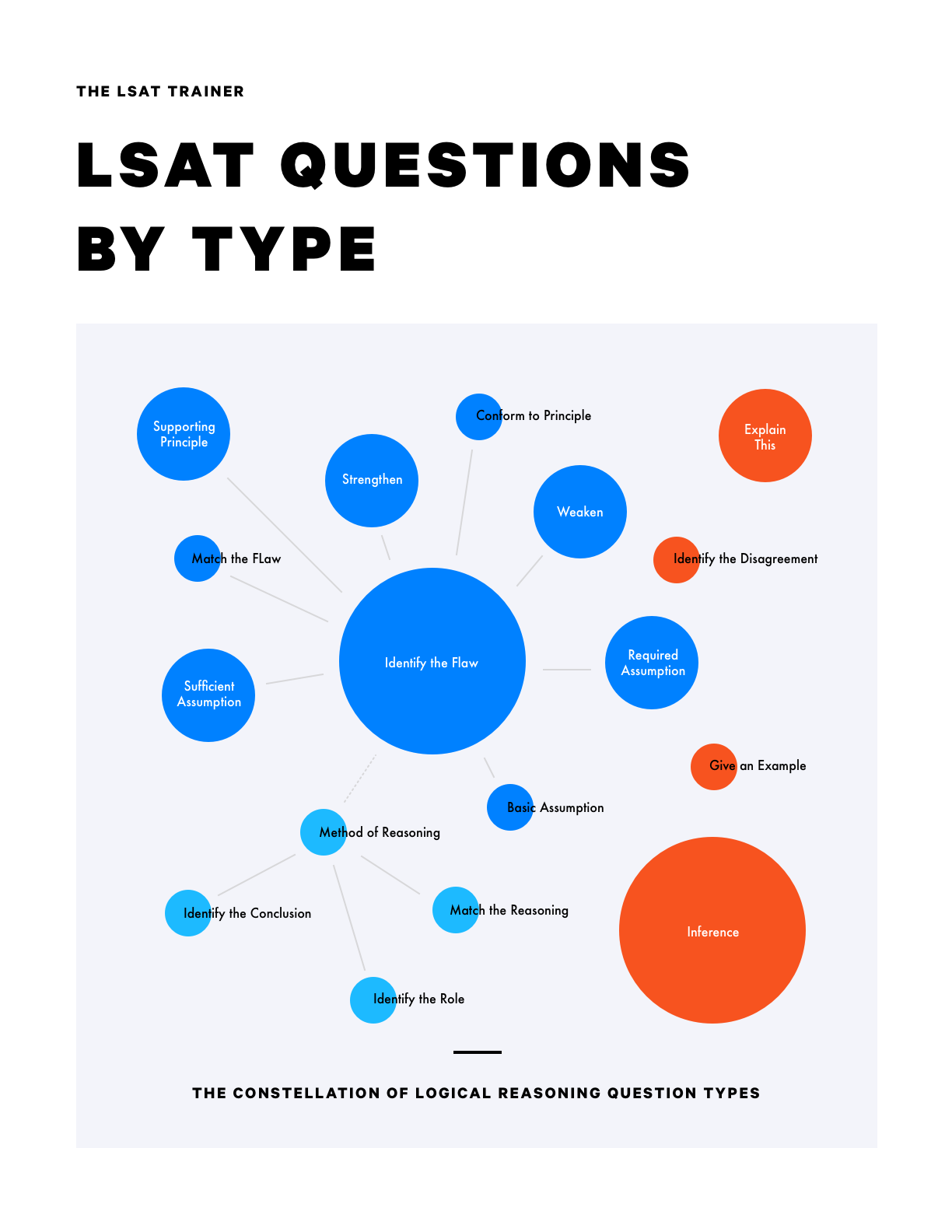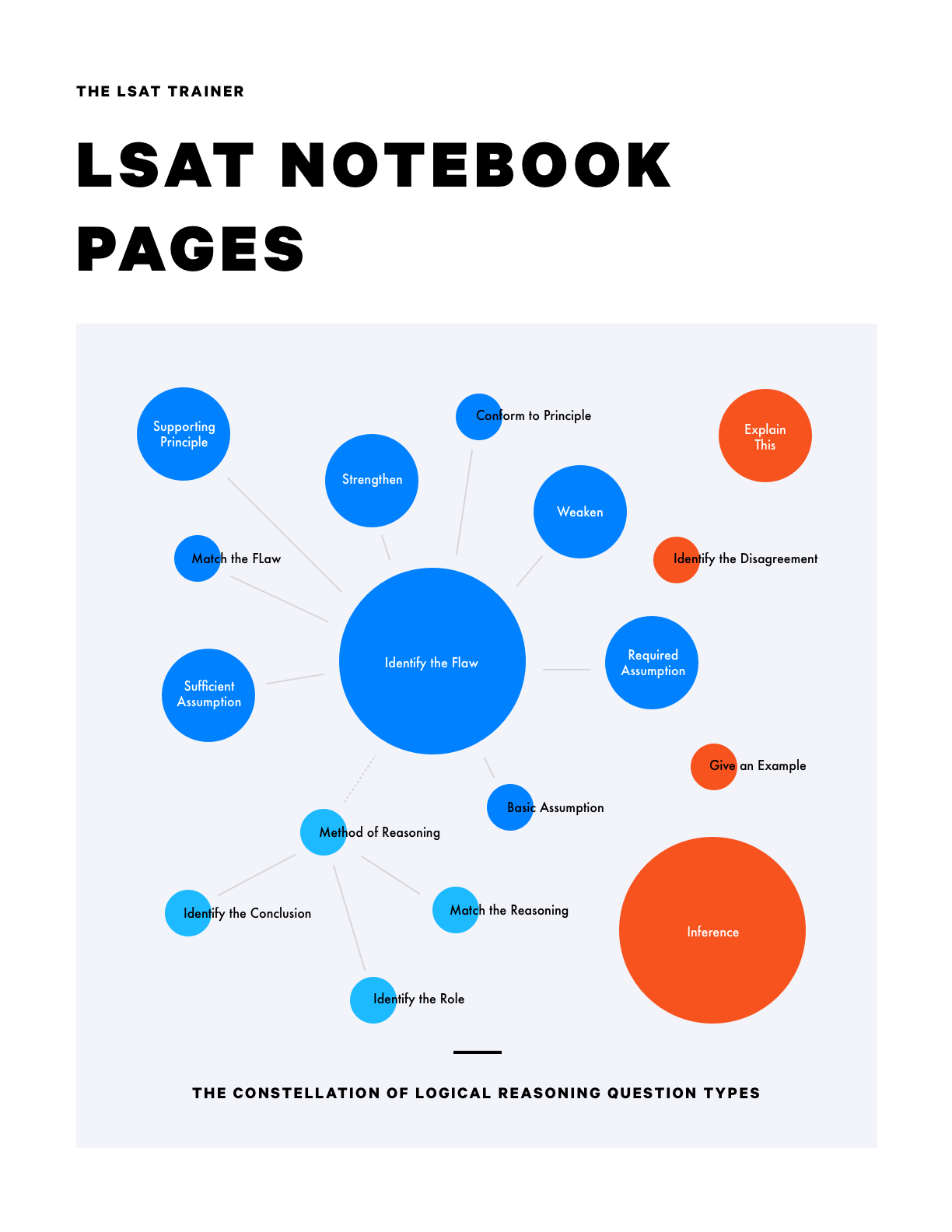Game 1 (Option 1)
Step 1
Per the given scenario, we can write out the five elements to be placed - J, K, L, M, and O, and lay out positions in the two groups - green (G) and red ( R) - the elements will be assigned to. We can indicate that each group must have at least two elements, and up to three. We can also notate that some elements will be facilitators (f), and others will not (f crossed out), and that each group will have one facilitator.
Step 2
Per the first rule, we can notate that J and O are not grouped together.
Step 3
Per the second rule, we can notate that L is assigned to the G group.
Step 4
Per the third rule, we can notate that K is not a facilitator.
Step 5
Per the fourth rule, we can notate that O is a facilitator.
Step 6
We can notate that M is not directly restricted by any of the given rules.
Game 1 (Option 2)
Step 1
Per the given scenario, we can write out the five elements to be placed - J, K, L, M, and O, and lay out positions in the two groups - green (G) and red ( R) - the elements will be assigned to. We can indicate that each group must have at least two elements, and up to three. We can also notate that some elements will be facilitators (f), and others will not (f crossed out), and that each group will have one facilitator.
Step 2
Per the fourth rule, we can split our diagram into two frames, one in which O is the facilitator of the green team, and the second where O is the facilitator of the red team.
Step 3
Per the first rule, we can assign J to the team that O is not on in both of our frames.
Step 4
Per the second rule, we can assign L to the green team in both frames. In the first frame, we know it’s to a non-facilitator position. In the second frame, it can be to a facilitator or non-facilitator position.
Step 5
Per the third rule, we can notate that K is not assigned to the other facilitator role.
Step 6
We can notate that M is not directly restricted by any of the given rules.
Game 2
Step 1
Per the given scenario, we can write out the seven elements to be placed - R, S, T, U, W, X, and Z - and lay out the seven positions to be filled, in order.
Step 2
Per the first rule, we can notate that T cannot be assigned to the first position.
Step 3
Per the second rule, we can notate that there must be exactly two elements that follow T and precede W.
Step 4
Per the third rule, we can notate that S and Z cannot be next to one another.
Step 5
Per the fourth rule, we can notate that W and X cannot be next to one another.
Step 6
Per the fifth rule, we can notate that U and X must be next to one another.
Step 7
We can notate that R is not directly restricted by any of the given rules.
Game 3
Step 1
Per the given scenario, we can we can write out the four elements to be placed - F, G, H, and I - with one of each assigned to the respective subsets, oil (o), and watercolor (w) - Fo, Fw, Go, Gw, Ho, Hw, Io, Iw. We can also lay out the eight positions to be filled, top and bottom for walls 1, 2, 3, and 4.
Step 2
Per the first rule, we can notate that we cannot have two w’s in a group. We can infer from this that we also can’t have two o’s in a group, and every wall grouping must have one w and one o.
Step 3
Per the second rule, we can notate that we cannot have two works by the same student on the same wall grouping.
Step 4
Per the third rule, we can notate that F and I cannot be paired together.
Step 5
Per the fourth rule, we can notate that Gw will go above Fo on one wall.
Step 6
Per the fifth rule, we can notate that Io is assigned to the lower position in group 4. We can infer from this that, per the third rule, Fw can’t go in the top position of group 4, and, since I can’t be repeated in a group, and Gw is already being paired with Fo, that means Hw will occupy the top position of group 4, and we can notate that as well.
Game 4
Step 1
Per the given scenario, we can write out our list of elements, organized based on owner and class - R owns G1, Y3, and Z3, S owns F1 and L2, and T owns K2, M2, and O2.
Step 2
Per the first rule, we can notate that elements within same class can be traded for one another.
Step 3
Per the second rule, we can notate that one class 1 element can be traded for two class 2 elements.
Step 4
Per the third rule, we can notate that one class 2 element can be traded for two class 3 elements.
* Note that this is a game with very little upfront information about, and one that will in large part be played in the questions themselves. One thing that is helpful to consider upfront is the fact that there are very limited options for how trades can be made. For example, R can only trade G1 either to S for F1 or to T for two class 2 buildings. You can, fairly quickly, run through such options for each of the elements owned by the different groups.



